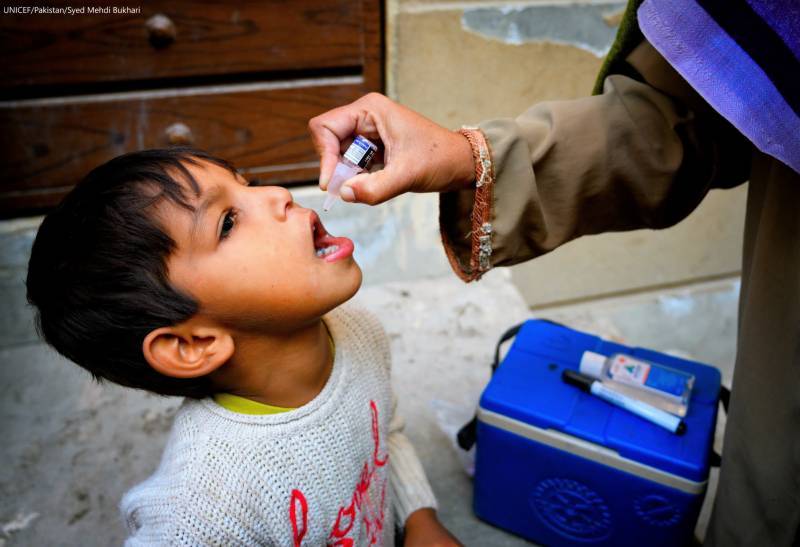The number of people living with diabetes globally will more than double by 2050, according to alarming estimates published alongside a new series of studies in The Lancet.
Researchers predict that more than 1.3 billion people could suffer from the disease in 30 years – up from 529 million in 2021 – if there is no effort to address this “global crisis”.
Diabetes is a chronic disease characterised by high blood sugar levels that can lead to “serious damage to the heart, blood vessels, eyes, kidneys and nerves,” according to the World Health Organization (WHO).
Sufferers of type 2 diabetes, the most common form of the illness, don’t make enough insulin or become resistant to it. In 2021, an estimated 96 per cent of diabetes cases were due to type 2 diabetes.
Rates of both type 1 and type 2 diabetes in young people are rising globally, the series authors said, leading to “an exponential generational increase” in the disease.
More than 20 million women were also affected by diabetes or high blood sugar levels during pregnancy in 2021, adding to the “global burden”.
“Diabetes remains one of the biggest public health threats of our time and is set to grow aggressively over the coming three decades in every country, age group, and sex, posing a serious challenge to healthcare systems worldwide,” said Dr Shivani Agarwal, series lead and associate professor at the Albert Einstein College of Medicine in New York, the United States.
Diabetes rates 1.5 times higher in minority groups
The series looked at the impact of structural racism on diabetes rates, especially in high-income countries like the US where rates of the illness are 1.5 times higher among minority groups.
“Racist policies such as residential segregation affect where people live, their access to sufficient and healthy food and health care services,” said Professor Leonard Egede from the Medical College of Wisconsin in the US and one of the co-authors on the series.
”This cascade of widening diabetes inequity leads to substantial gaps in care and clinical outcomes for people from historically disenfranchised racial and ethnic groups, including Black, Hispanic, and Indigenous people,” he said in a statement.
By 2045, three-quarters of adults living with diabetes will be in low and middle-income countries, where there is less access to care for the disease.
Diabetes death rates in these countries are also double those in high-income countries, the authors said.
Lower spending on healthcare, food insecurity and limited access to medicine all “contribute to poorer outcomes” for those with diabetes, according to study co-author Alisha Wade who is an associate professor at the University of the Witwatersrand in South Africa.
Where is diabetes most prevalent in European countries?
According to estimates from the Organisation for Economic Co-operation and Development (OECD), around 32.3 million adults were diagnosed with diabetes in the European Union in 2019.
The share of adults with diabetes in EU countries varied from 10.4 per cent in Germany and 9.8 per cent in Portugal in 2019 to 3.8 per cent in Lithuania and 3.2 per cent in Ireland.
On average, 6.2 per cent of adults in the EU have diabetes, according to the figures from 2019.
Alongside the new Lancet series, researchers with the Global Burden of Disease Study predicted how the prevalence of diabetes could evolve in European countries by 2050.
The number of people living with diabetes could increase by 62.3 per cent between 2021 and 2050 in Western European countries and could increase by 38.8 per cent in Central European countries, according to the study.
The number of people living with diabetes could reach more than 10 million in Germany, more than 8 million in Italy and Spain, and more than 6 million in France.


































































